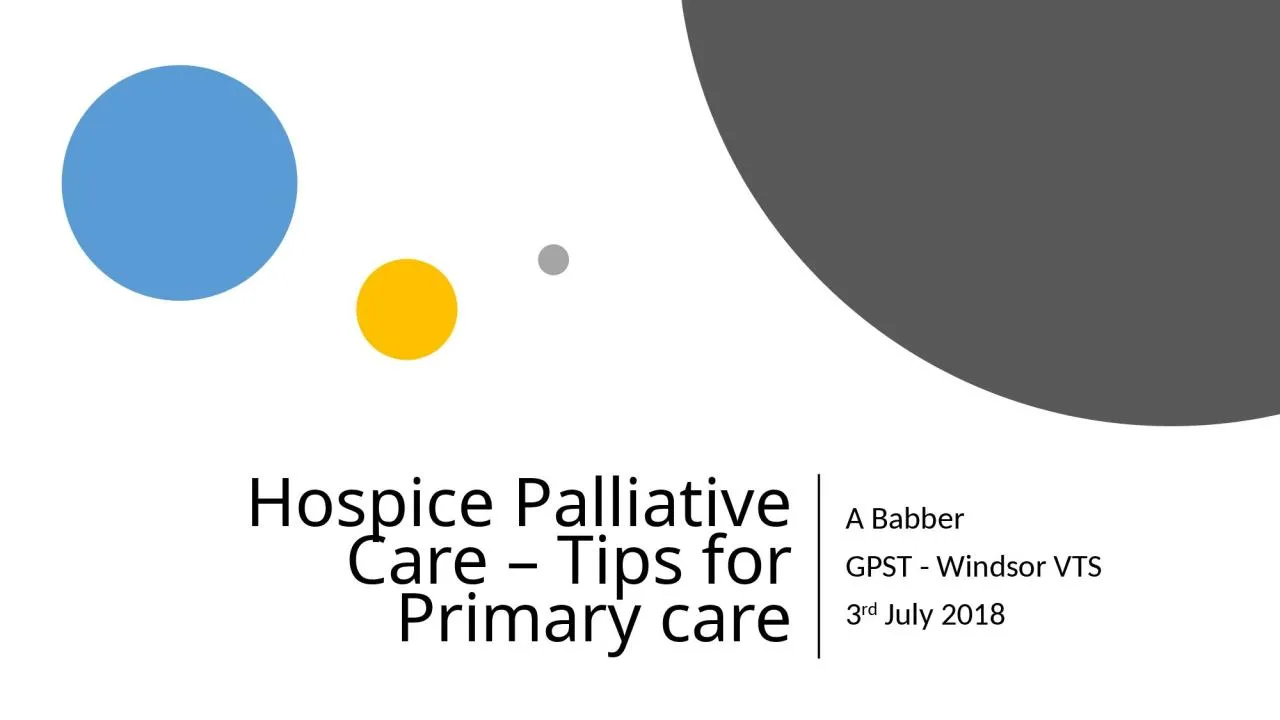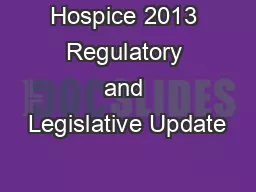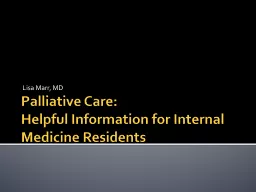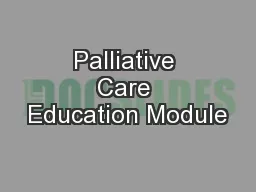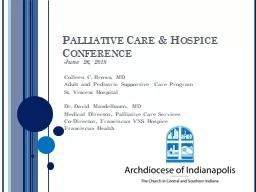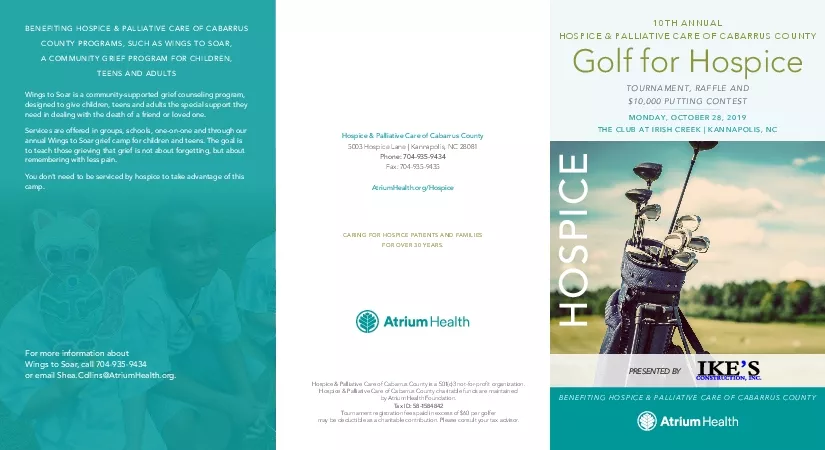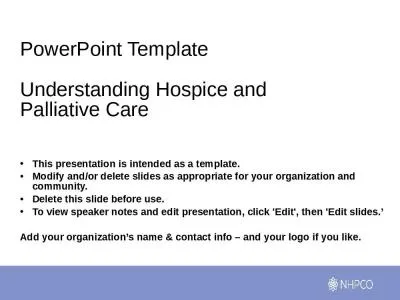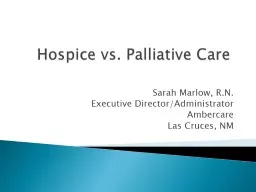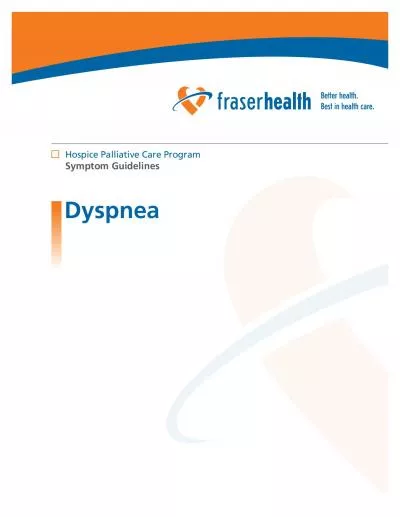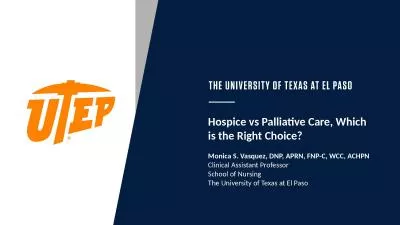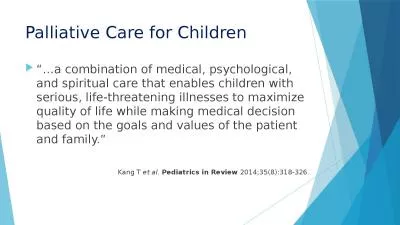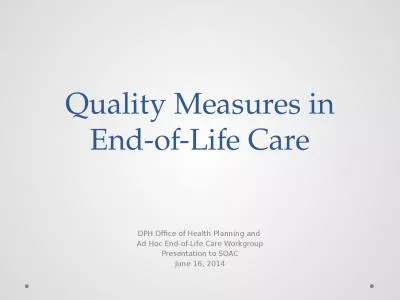PPT-Hospice Palliative Care – Tips for Primary care
Author : williams | Published Date : 2022-06-01
A Babber GPST Windsor VTS 3 rd July 2018 1 Hospice Palliative care support Inpatient unit End of Life Care EoLC Symptomatic Control SC Respite Care RC support
Presentation Embed Code
Download Presentation
Download Presentation The PPT/PDF document "Hospice Palliative Care – Tips for Pri..." is the property of its rightful owner. Permission is granted to download and print the materials on this website for personal, non-commercial use only, and to display it on your personal computer provided you do not modify the materials and that you retain all copyright notices contained in the materials. By downloading content from our website, you accept the terms of this agreement.
Hospice Palliative Care – Tips for Primary care: Transcript
Download Rules Of Document
"Hospice Palliative Care – Tips for Primary care"The content belongs to its owner. You may download and print it for personal use, without modification, and keep all copyright notices. By downloading, you agree to these terms.
Related Documents

